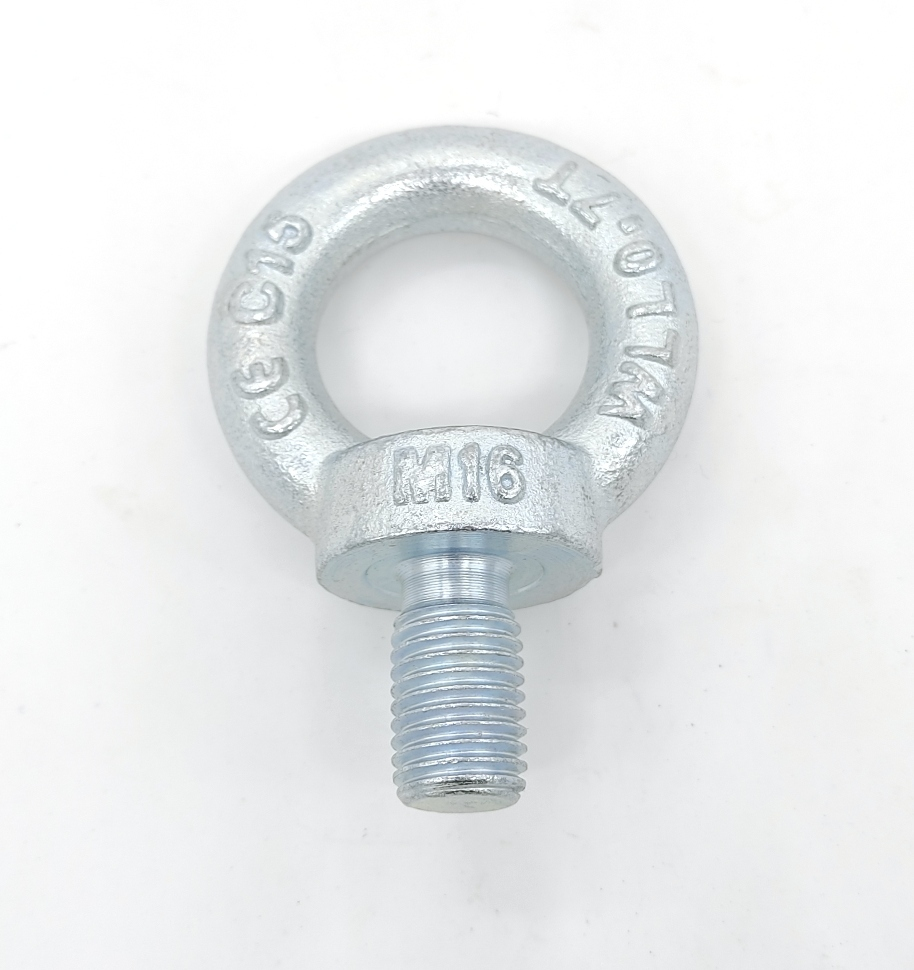News
កញ្ញា . 11, 2024 14:30 Back to list
High-Quality Hardware Turnbuckles for Secure Connections
Understanding Hardware Turnbuckles A Comprehensive Overview
Turnbuckles are versatile hardware components widely used in various applications, ranging from construction to sailing. At their core, turnbuckles are devices that allow for the adjustment of tension or length in a cable or rod. Comprising two threaded ends and a central body that can be twisted, these tools offer an easy method to create or reduce tension, making them indispensable in various fields.
What Are Turnbuckles?
Turnbuckles consist of three primary parts the body, which is often a metal or high-strength synthetic material; two terminals, which can be hooks, eyes, or loops; and the threaded ends that allow for the adjustment of tension. As the body is twisted, it either pulls the two ends closer or pushes them apart, enabling fine-tuning of the tension applied to the cable or rod connected to the turnbuckle.
Applications of Turnbuckles
Turnbuckles are found in an array of applications. In the construction industry, they are used to stabilize structures and provide reinforcement in scaffolding. In marine applications, turnbuckles play a crucial role in rigging sails and securing masts, allowing for the control of tension on cables that support the vessel’s framework. Additionally, they are utilized in various other fields, including fencing, where they help maintain the tautness of wire fences, and in theatre rigging, where they ensure stage equipment stays securely in place.
hardware turnbuckle product

Material Considerations
The materials used in manufacturing turnbuckles significantly affect their performance and durability. Common materials include stainless steel, galvanized steel, and brass. Stainless steel is favored for its corrosion resistance, particularly in marine environments, while galvanized steel is often used for its affordability and strength. Brass turnbuckles, while less common, provide a decorative option for exposed applications.
Choosing the Right Turnbuckle
When selecting a turnbuckle, it’s vital to consider several factors the type of load it will bear, the environment in which it will be used, and the required adjustment range. Turnbuckles come in various sizes and types, including closed-body and open-body options, each suitable for specific applications. Proper installation is also critical; ensuring that the turnbuckle is secured correctly will help prevent any accidents or failures due to improper tension.
Conclusion
In summary, hardware turnbuckles are essential components that serve a crucial role in various industries. Their ability to adjust tension and maintain stability makes them invaluable in construction, maritime, and numerous other applications. By selecting the appropriate turnbuckle for your specific needs and ensuring proper installation, you can enhance the safety and durability of your projects. Understanding these simple yet effective tools is key to leveraging their full potential in your work.
